Differentiating Debit and Credit
For certain people, like accountants, it’s nothing. For many others, it’s a pain. There are just two choices, but which one to choose?
It must be understood that there will always be a minimum of memory required. That having been said, there’s a line that works well: Revenue is a Credit. It’s the key to establishing the rest. Every time you need it. We must also know that there are two types of accounts: Revenues and Expenses on the one hand and Assets and Liabilities on the other hand. The thinking goes like this:
– If Revenue is a Credit, its opposite, the Expense, is a Debit.
– Revenues must perforce be associated with Assets; in both cases, we’re talking about gains.
– The mental gymnastic required is that for the other type of accounts, we must reverse. Therefore, Revenue is a Credit but Assets are Debits.
– If the Asset is a Debit, its opposite, the Liability, is a Credit.
You know that Revenues and Expenses are the temporary accounts and that Assets and Liabilities are the permanent accounts.
In Summary, you must remember two things: Revenue is a Credit and its associated permanent account, the Asset, is reversed and therefore, a Debit.











Leave a Reply